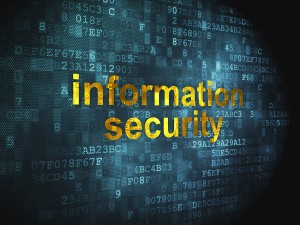 Fearing the heightened threat of hackers and their potential to compromise security and operations, U.S. banks of all sizes have taken part in an intensive national drill designed to test their defenses against a major cyber-attack. Dubbed “Quantum Dawn 2,” the drill, which took place July 18, 2013, aimed to replicate a massive coordinated attack, according to NBC News.
Fearing the heightened threat of hackers and their potential to compromise security and operations, U.S. banks of all sizes have taken part in an intensive national drill designed to test their defenses against a major cyber-attack. Dubbed “Quantum Dawn 2,” the drill, which took place July 18, 2013, aimed to replicate a massive coordinated attack, according to NBC News.
Banks face a growing threat from hackers — and not just from those trying to steal money. According to the news report, other common hackers include “hacktivists” who attempt to breach security as a political statement, as well as foreign governments eager to spy on and collect information from American companies.
The report goes on to indicate that, in addition to bank concerns about the financial ramifications of hacking, these institutions — and their regulators — also worry that a successful attack would rattle public confidence in the banking system.
Protecting IT to Preserve Institutional Integrity
While cyber-attacks are considered the top security risk to banks around the globe, according to Computer Weekly, this cybersecurity threat is applicable to any Web-connected organization. A survey by Lloyd’s found that global business leaders consider cybersecurity the No. 3 threat to their company’s viability.
Recognizing this risk, banks and other businesses are more aware of the need for cybersecurity IT. The first Quantum Dawn drill, conducted in 2011, was weakly embraced by the banking industry, according to NBC News. This time, more than double the number of institutions participated, in part because of a hacking attack in 2012 that temporarily brought down a number of banking websites.
The test was not administered as a pass/fail exercise. According to the Securities Industry and Financial Markets Association, the test was intended to alert organizations to current security weaknesses while informing them of changes they can make to better protect themselves against a future cyber-attack.
